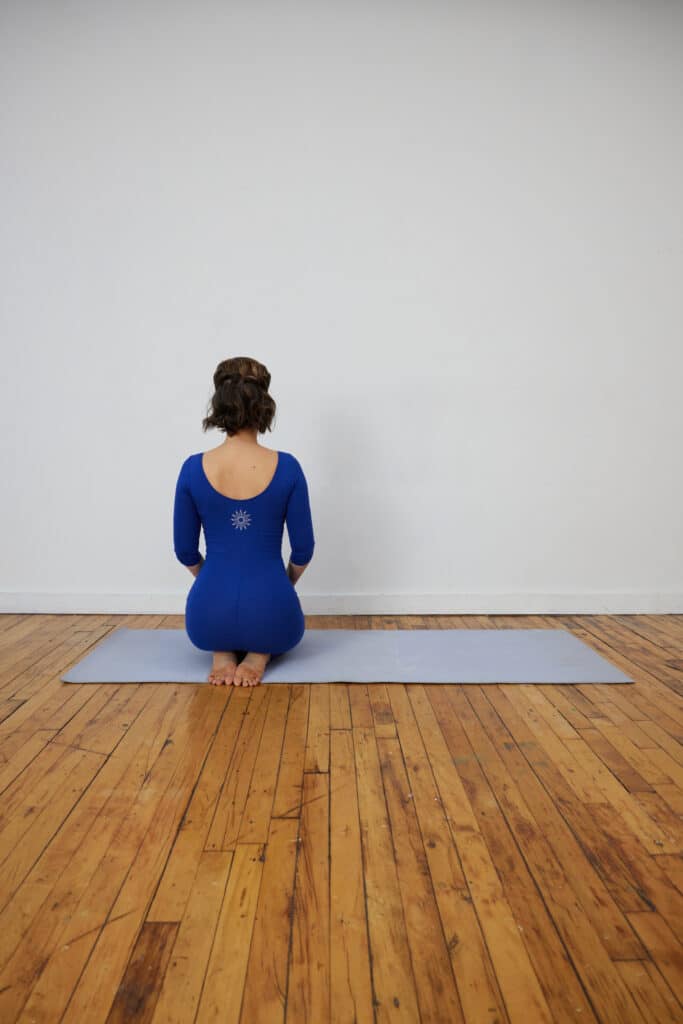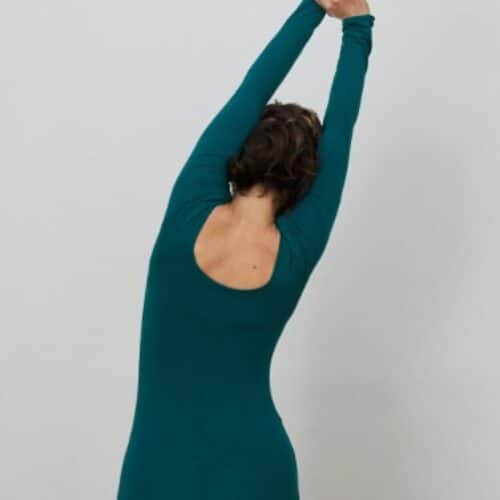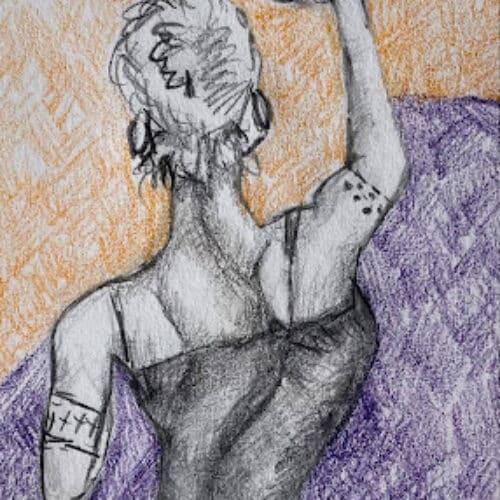
Whenever I tell someone I am a yoga therapist I usually get one of several responses. “What is that?” “I need to do more yoga/get back to my yoga practice.” Or, often, “I need to fix my posture!” Although the true purpose of yoga (to calm the whirling of the mind) has nothing to do with posture, I can understand the association. The yoga poses are often referred to as postures, and the image we conjure up is that of a person seated in meditation in an upright position, spine rod straight.
One of the reasons for this self-consciousness around posture has to do with the fact that this was a hot health topic for a while. The emphasis was on “good” posture (sit up!) and how to achieve it, as well as the harm the “bad” posture (slouching) was causing. Movement specialists like Greg Lehman, Jules Mitchell, and Carrie Owerko have been vocal about creating a new, research-based dialogue around posture, choosing to focus more on variability rather than one fixed position. Whereas before it was thought that poor posture was linked to back pain, for example, some studies are finding that back pain can be related to lack of exercise/strength training. In other words, your back pain could have more to do with how much you are moving, as opposed to how you are sitting or standing.
People have commented on my good posture my entire life. I was a ballerina when I was younger, so that chest-up/shoulders-back position was ingrained in me. In my 30s I went to see a massage therapist about some mysterious back pain. After a few sessions I felt much better. “You need to slouch more,” he said. This was a revelation to me, yet it made sense. When you slouch, your back muscles relax. It seemed so obvious—why hadn’t I thought of it before? Probably because I liked the praise I got for my so-called good posture.
Yoga postures are not static. They offer an incredible variety of movement—not just the upright position we associate with good posture, but also flexion (forward-bending/rounding), extension (back-bending), side-bending, twists, and many different versions of each. Although we do hold poses in yoga, we also transition in and out of them, and the transitions are as important as the poses themselves. Rather than labeling any one position as good or bad, right or wrong, how about we add some variety of movement into our lives, and do it often?
Stay tuned for part two of this post, where I will discuss how preconceived notions around posture affect those with scoliosis.
Gabriella Barnstone, C-IAYT, is the founder of Scoliosis Conditioning, an online exercise program for people with scoliosis that provides a map to better understand their condition and tools they can use at home to support their well-being.Originally published on yogatherapy.health on June 29, 2023



